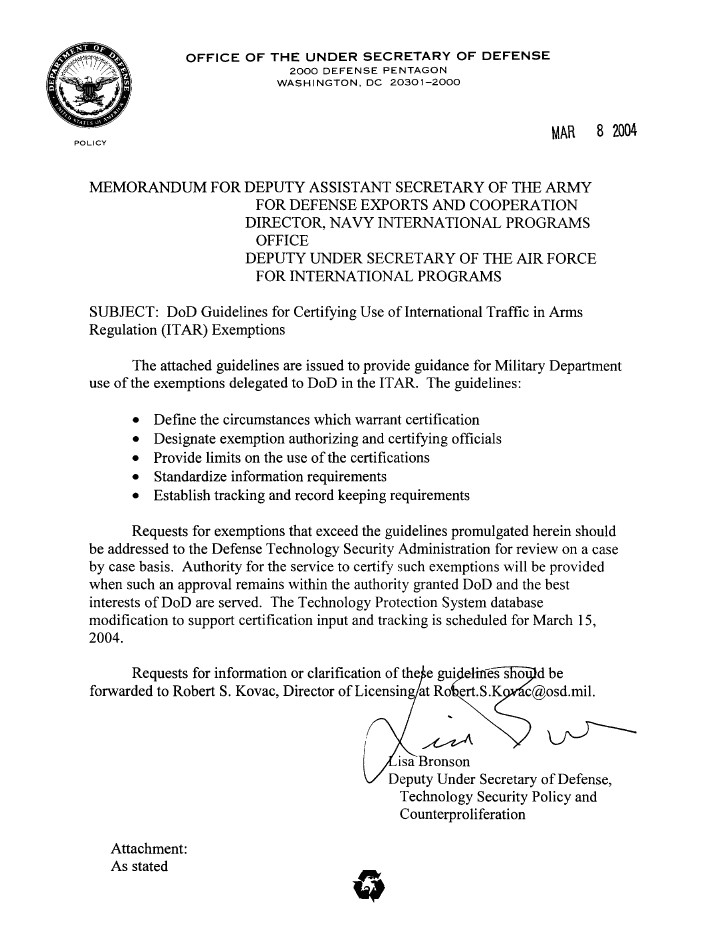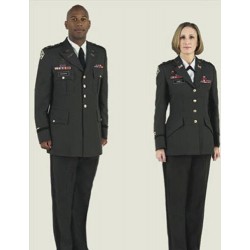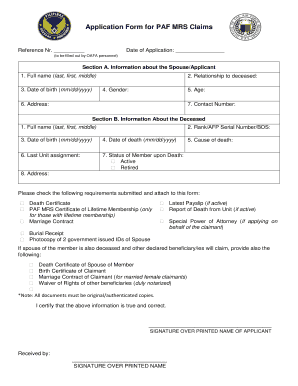Army Off-Duty Employment Regulation
Off-Duty Employment Guidelines for Army Personnel
As members of the Army, we understand the importance of maintaining professionalism both on and off duty. Along with our commitment to serving our country, we also have obligations and responsibilities that extend beyond our military duties. One such area is off-duty employment.
The Army's Stance on Off-Duty Employment
The Army recognizes that its personnel may seek off-duty employment opportunities to supplement their income or gain additional professional experience. However, it is crucial to understand that engaging in off-duty employment comes with certain restrictions and guidelines. These regulations are in place to ensure our personnel's commitment to their military duties and to maintain the integrity and reputation of the Army.
The Army Off-Duty Employment Regulation
Army Regulation 600-20, also known as the Army Command Policy, provides the guidelines and procedures for off-duty employment of Army personnel. The regulation covers various aspects, including eligibility, limitations, approval process, and reporting requirements.

Understanding the Dod Memo Template
One essential aspect of off-duty employment is compliance with the DoD (Department of Defense) guidelines. The DoD Memo Template, as shown above, outlines the exemption guidelines for personnel seeking off-duty employment. This template serves as a crucial reference for individuals planning to engage in any off-duty employment.

Fill out the Off-Duty Employment Form
Prior to engaging in any off-duty employment, Army personnel must fill out the Off Duty Employment Form, displayed above. This form ensures that all necessary information regarding the proposed off-duty employment is provided and reviewed. It aids in evaluating the compatibility of the off-duty employment with the individual's military responsibilities.
Off-Duty Employment FAQs
Here are some frequently asked questions regarding off-duty employment in the Army:
1. Can every Army personnel engage in off-duty employment?
While off-duty employment is permitted, certain eligibility criteria must be met. Soldiers on active duty, members of the Reserve, and National Guard personnel are eligible, subject to the guidelines provided in Army Regulation 600-20.
2. Are there any limitations on the nature of off-duty employment?
Yes, certain limitations exist. For example, involvement in off-duty employment should not result in a conflict of interest with military duties or negatively impact unit cohesion and readiness. Additionally, personnel are prohibited from engaging in activities that promote illegal or unethical conduct.
3. Is there an approval process for off-duty employment?
Yes, Army personnel planning to engage in off-duty employment must seek approval through the established chain of command. Approval is granted based on various factors, such as adequate time available for military duties, potential impact on the individual's performance, and compatibility with the Army's values and standards.
As Army personnel, it is crucial that we adhere to the off-duty employment regulations set forth by the Army Command Policy. By understanding and following these guidelines, we can ensure that off-duty employment remains a viable option while maintaining the Army's professionalism and commitment to our military responsibilities.
Remember, if you have any specific questions or concerns regarding off-duty employment, always consult with your chain of command or the Human Resources department to ensure compliance with the current regulations.
Stay informed, stay professional!
Disclaimer: The information provided in this article is for general informational purposes only and should not be considered as legal advice. Always refer to the official Army regulations and consult with appropriate personnel for specific guidance on off-duty employment.
Dod Memo Template | Williamson-ga.us
 Image Source : williamson-ga.us
Image Source : williamson-ga.us dod exemption bronson company williamson
US ARMY OFFICERS GREEN UNIFORM /TROUSERS
 Image Source : gijoebcn.com
Image Source : gijoebcn.com army officers green uniform trousers jackets duty off reference
31 Printable Army Memorandum Template Forms - Fillable Samples In PDF
 Image Source : www.pdffiller.com
Image Source : www.pdffiller.com army mfr memorandum template pdf form record fillable policy blank department word fort force air fitness pdffiller purpose printable signal
Off-Duty Employment For Military Members | Employment, Off Duty, Military
 Image Source : www.pinterest.com
Image Source : www.pinterest.com Cool Example Army Memorandum 2022
 Image Source : civildefence.info
Image Source : civildefence.info Military PME For Civilians... Whatever That Means
 Image Source : www.theodysseyonline.com
Image Source : www.theodysseyonline.com attire military civilian marines clothing uniform civvies pme civilians improving any whatever means
Off Duty Employment: Fill Out & Sign Online | DocHub
 Image Source : www.dochub.com
Image Source : www.dochub.com Overview For Sa46
memorandum notification
Cool example army memorandum 2022. Off duty employment: fill out & sign online. Off-duty employment for military members. Us army officers green uniform /trousers. Overview for sa46